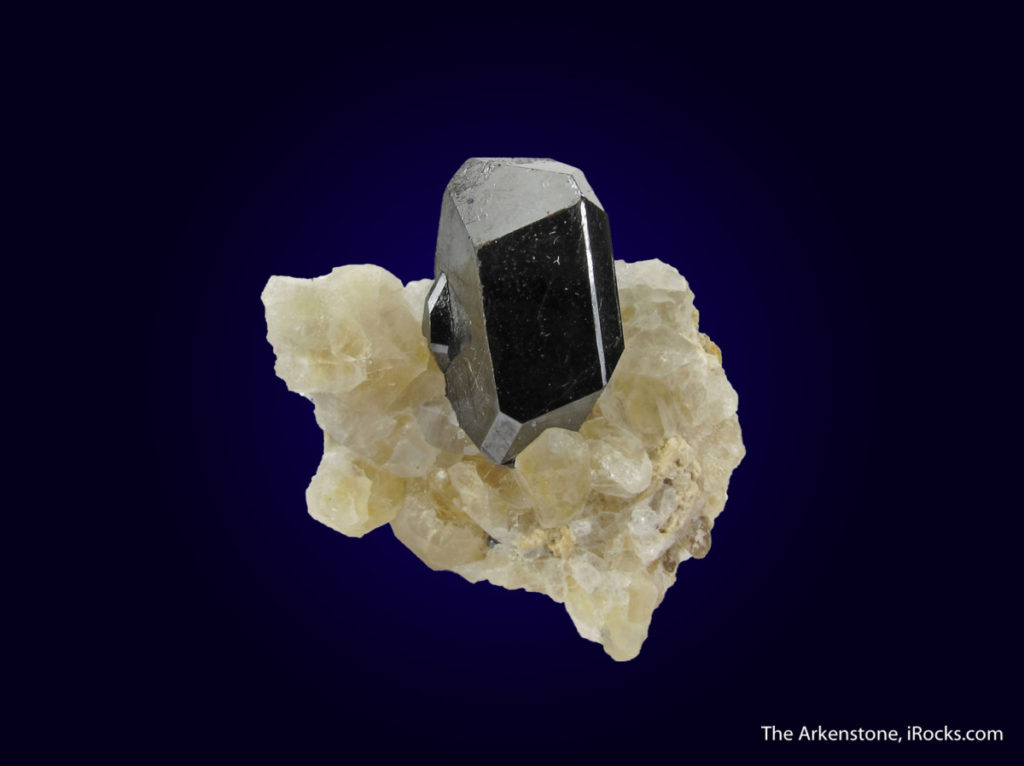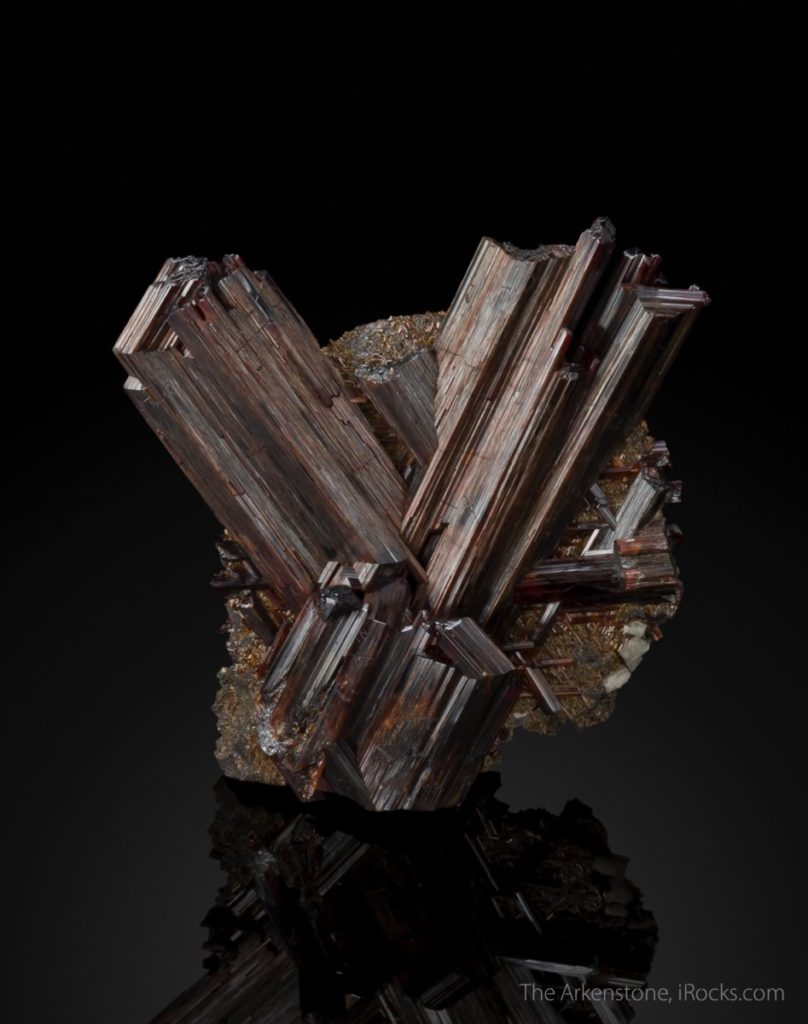Art Soregaroli: October 19, 2017
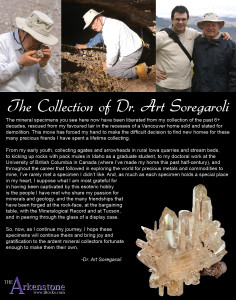 We learned with great sadness of the passing of Art Soregaroli on October 19, 2017. The Arkenstone acquired his collection several years ago, and he took a few moments to share some of his thoughts with us. They are shared here, below, along with a personal note from Peter Megaw.
We learned with great sadness of the passing of Art Soregaroli on October 19, 2017. The Arkenstone acquired his collection several years ago, and he took a few moments to share some of his thoughts with us. They are shared here, below, along with a personal note from Peter Megaw.
"The mineral specimens you see here now have been liberated from my collection of the past 6+ decades, rescued from my favoured lair in the recesses of a Vancouver home sold and slated for demolition. This move has forced my hand to make the difficult decision to find new homes for these many precious friends I have spent a lifetime collecting.
From my early youth, collecting agates and arrowheads in rural Iowa quarries and stream beds, to kicking up rocks with pack mules in Idaho as a graduate student, to my doctoral work at the University of British Columbia in Canada (where I’ve made my home this past half-century), and throughout the career that followed in exploring the world for precious metals and commodities to mine, I’ve rarely met a specimen I didn’t like. And, as much as each specimen holds a special place in my heart, I suppose what I am most grateful for in having been captivated by this esoteric hobby is the people I have met who share my passion for minerals and geology, and the many friendships that have been forged at the rock-face, at the bargaining table, with the Mineralogical Record and at Tucson, and in peering through the glass of a display case.
So, now, as I continue my journey, I hope these specimens will continue theirs and bring joy and gratification to the ardent mineral collectors fortunate enough to make them their own."
-Dr. Art Soregaroli
ADDENDUM, ADDED OCTOBER 22, 2017
"Sadly, Art passed away peacefully surrounded by family on October 19, 2017. With his passing the mineral world lost a great geologist/mineral scientist, staunch friend and true gentleman - the outpouring of tributes from those whose lives he touched has been impressive. His work getting the Pinch Collection to the Canadian Museum of Nature was mentioned by many, as was his work with the Brittania Mine mining museum near his home in British Columbia, and his manifold contributions to mineral symposia...especially the Pacific Northwest FM Symposium that closed just 2 days before his passing. Jodi Fabre noted that Art was single-handedly responsible for guiding the famous Panasquiera Mine in Portugal back into the black so that could not only thrive as a metals mine, but continue to produce quantities of excellent specimens to this day.
Those who wish to express condolences to the family can do so to his beloved wife Rosalie remembering.art@gmail.com. She will share them with daughter Carla, son and daughter in law Brian and Michelle and the grandchildren he doted on so fondly.
Those who wish to honor his memory can do so by visiting/supporting the Canadian Museum of Nature, the Brittania Mine Museum or attending next year's Pacific Northwest FM Symposium. Adding a specimen from Panasquiera to your collection would work too!"
- Dr. Peter Megaw
Peter Megaw's original tribute (published in 2015) is available here.
Have stories about Art that you'd like to share? E-mail them to info@iRocks.com, and we will happily add them here.
[button size="large" bg_color="#ffffff" link="https://www.irocks.com/galleries/art-soregaroli-collection-fine-mineral-specimens" text="dark"]View Art Soregaroli's Collection[/button]
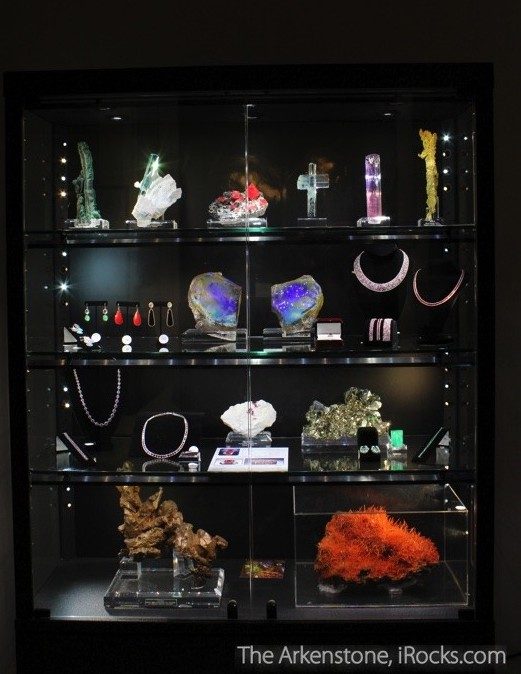 A spectacular case of fine minerals, gems, and jewelry from The Arkenstone at a private gallery show.[/caption]
A spectacular case of fine minerals, gems, and jewelry from The Arkenstone at a private gallery show.[/caption]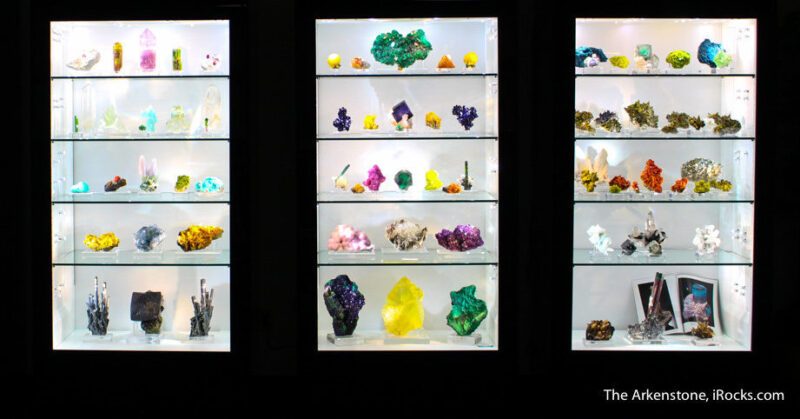 Fine minerals not only benefit from well-lit cases. Having the appropriate bases can help orient your specimens well, and they are much safer![/caption]
Fine minerals not only benefit from well-lit cases. Having the appropriate bases can help orient your specimens well, and they are much safer![/caption]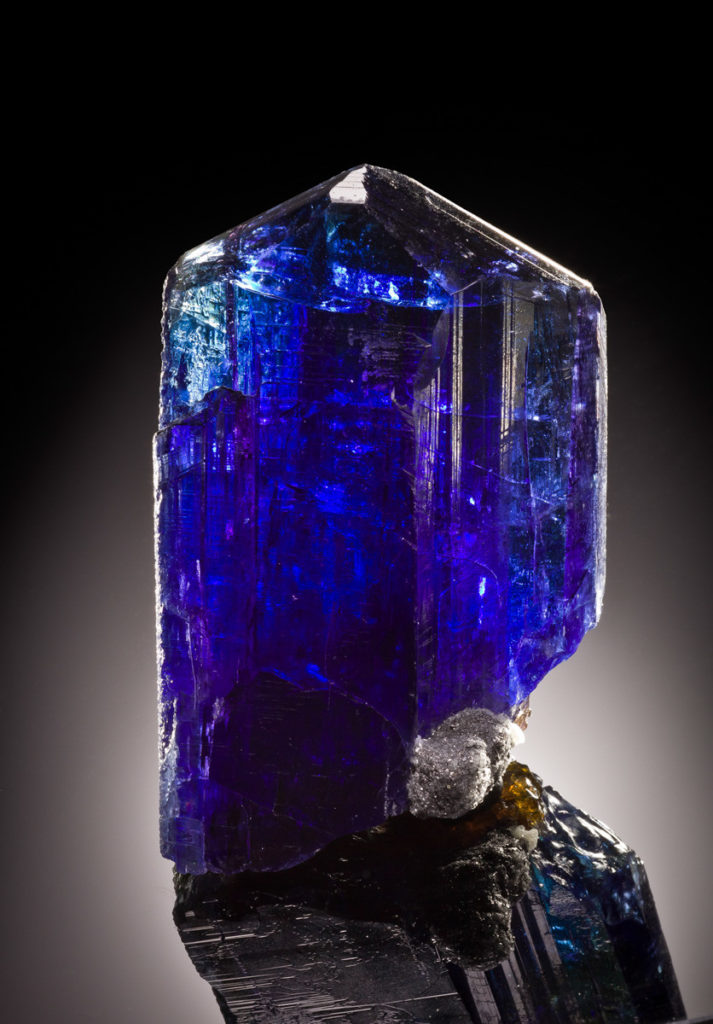
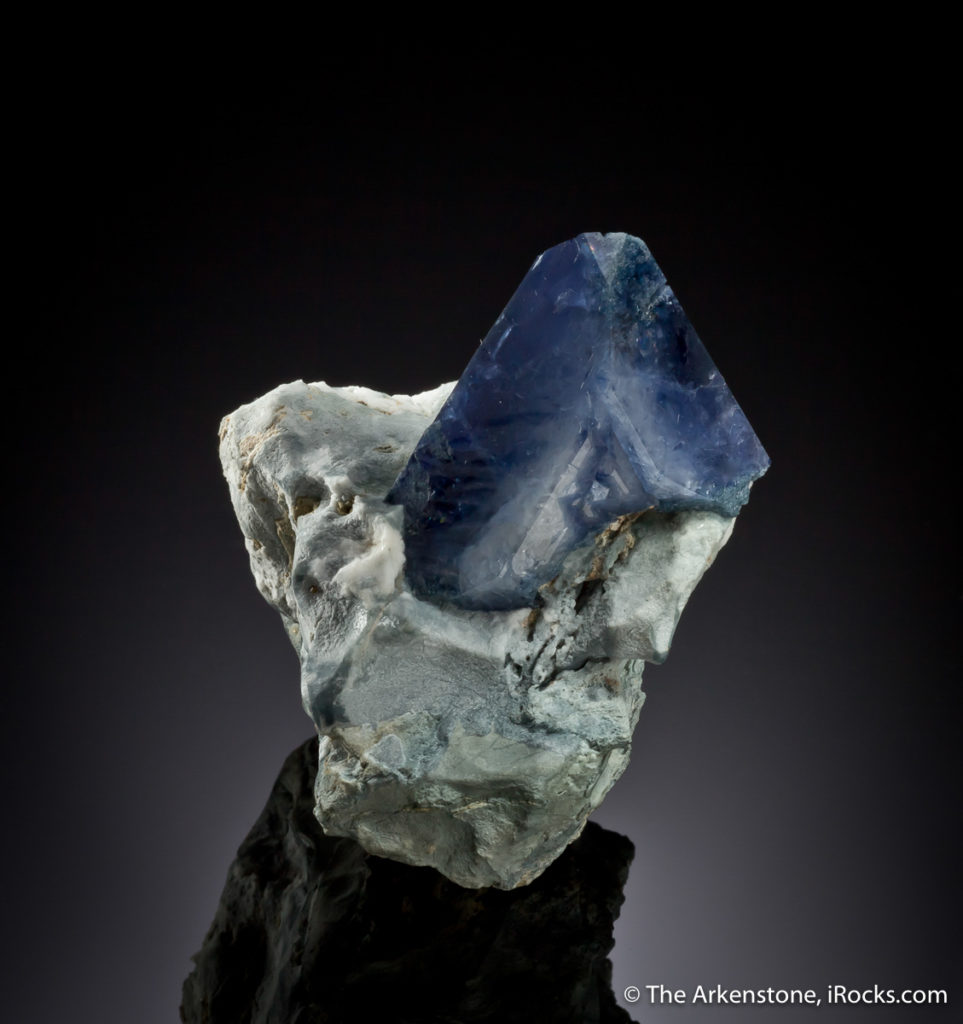
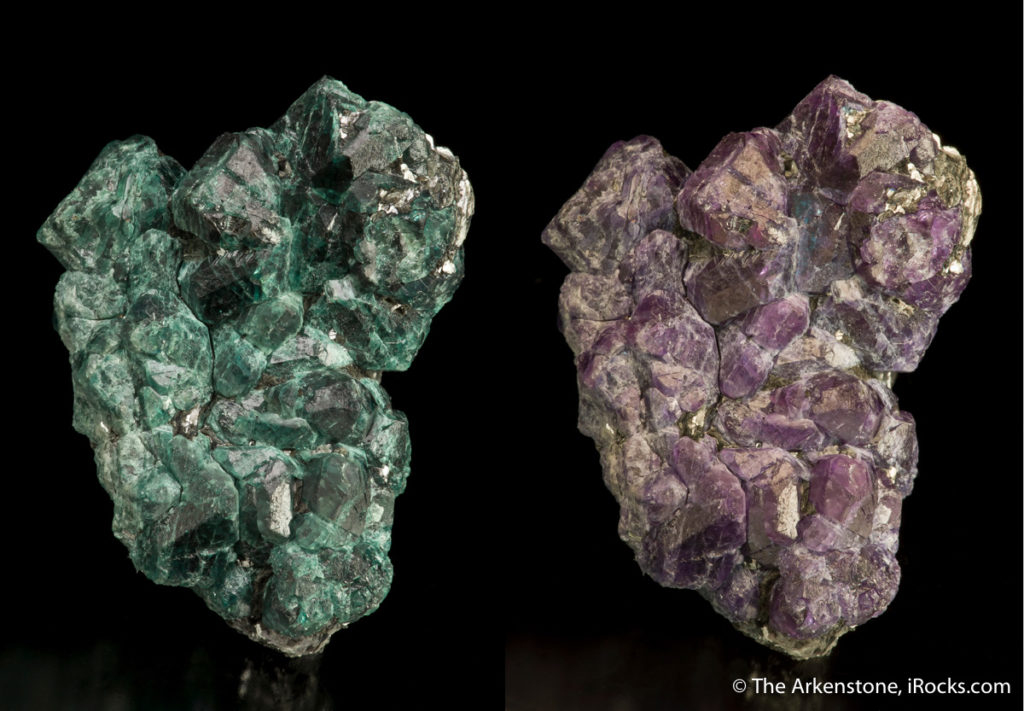
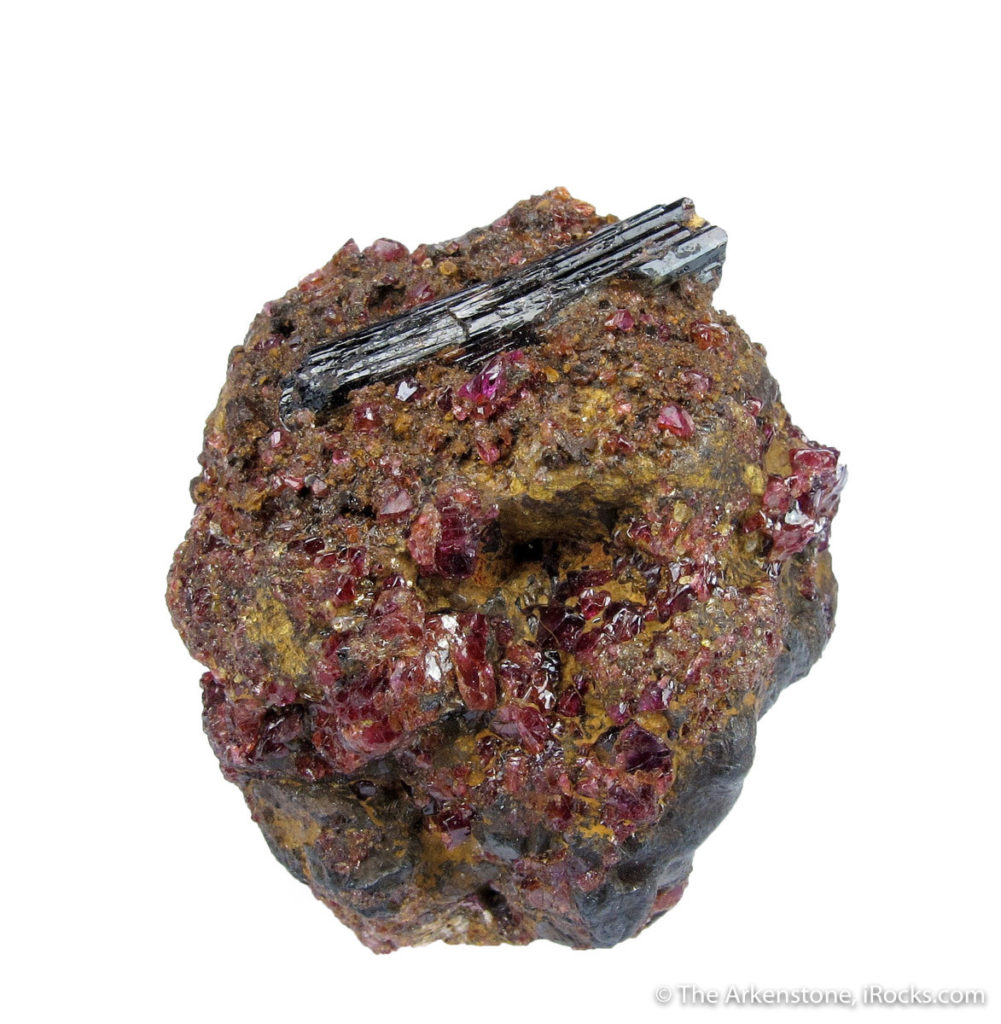
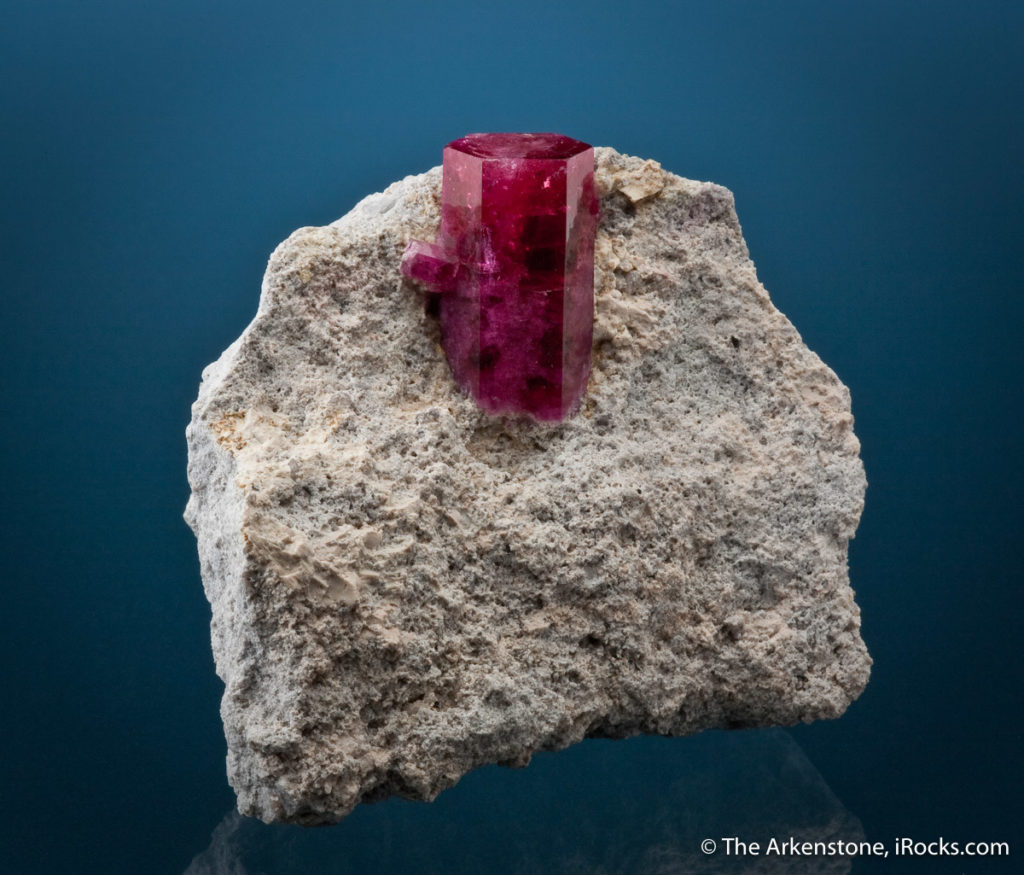
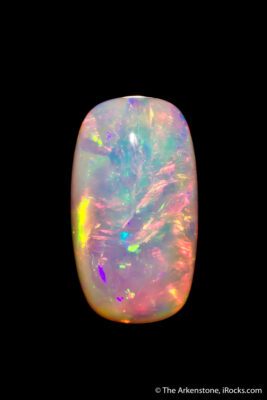
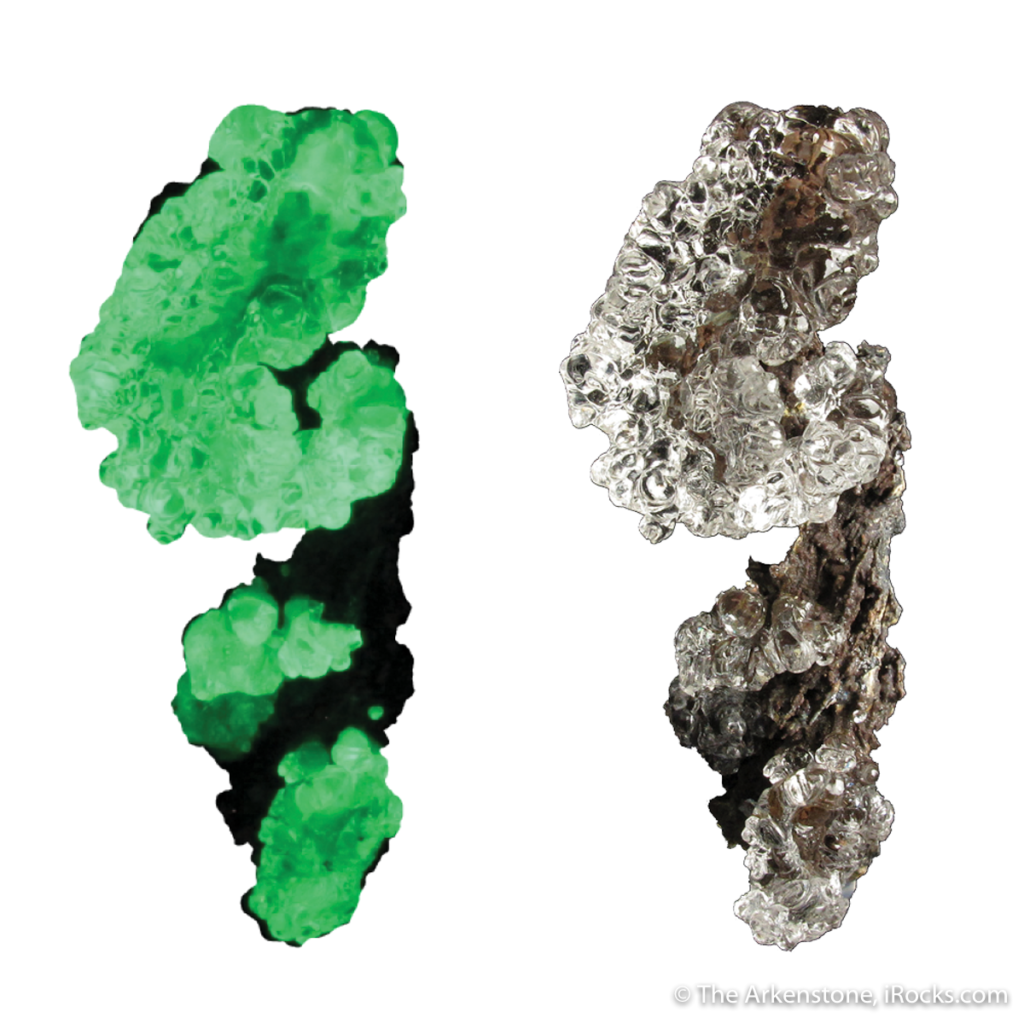
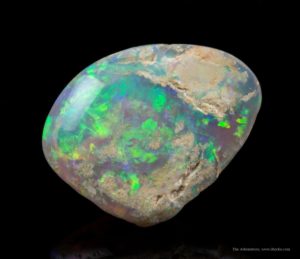
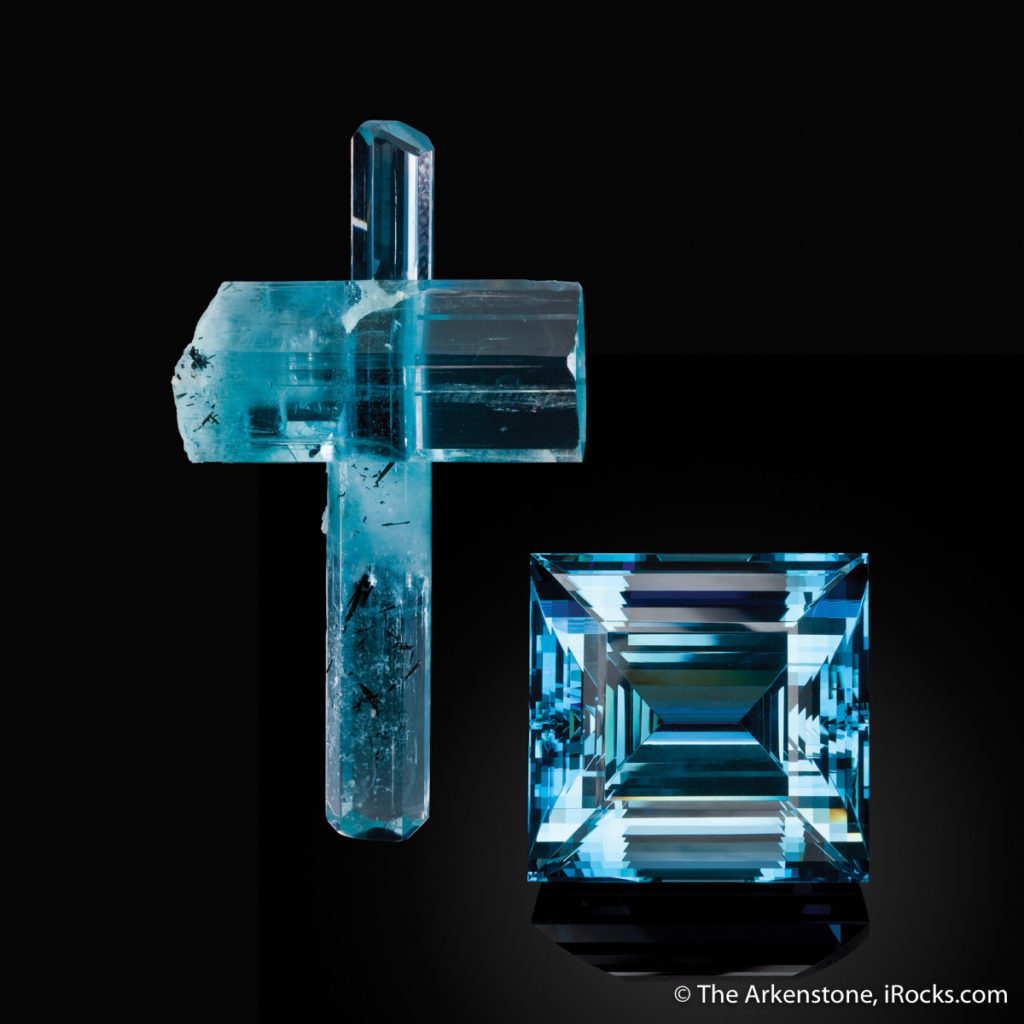 Rough and cut aquamarine crystal. Joe Budd Photo.[/caption]
Rough and cut aquamarine crystal. Joe Budd Photo.[/caption] This rare combo of rough danburite crystal and cut stone from Mexico shows the beauty of natural crystals and gem.[/caption]
This rare combo of rough danburite crystal and cut stone from Mexico shows the beauty of natural crystals and gem.[/caption] In 2016, Dr. John Rakovan participated as one of our speakers at the
In 2016, Dr. John Rakovan participated as one of our speakers at the 
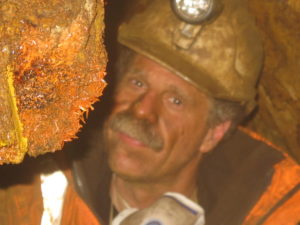 John Cornish in the Adelaide mine. Photo courtesy of J. Cornish.[/caption]
John Cornish in the Adelaide mine. Photo courtesy of J. Cornish.[/caption]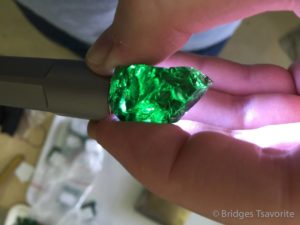 Backlit Tsavorite Crystal, Copyright Bridges Tsavorite[/caption]
Backlit Tsavorite Crystal, Copyright Bridges Tsavorite[/caption]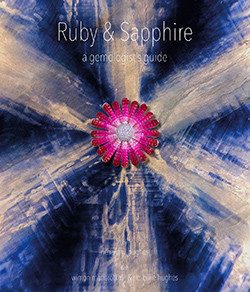 Ruby & Sapphire • A Gemologist's Guide by Richard Hughes, a speaker at this year's Dallas Symposium[/caption]
Ruby & Sapphire • A Gemologist's Guide by Richard Hughes, a speaker at this year's Dallas Symposium[/caption] It’s that time of year where rare mineral enthusiasts pack their bags and make their way to Dallas, Texas for the annual Dallas Mineral Collecting Symposium. This year, the 2017 Dallas Symposium starts August 25th – 28th at the
It’s that time of year where rare mineral enthusiasts pack their bags and make their way to Dallas, Texas for the annual Dallas Mineral Collecting Symposium. This year, the 2017 Dallas Symposium starts August 25th – 28th at the  The Arkenstone's Jeff Starr has a soft spot for fluorite, like this specimen from Erongo, Namibia in his collection.[/caption]
The Arkenstone's Jeff Starr has a soft spot for fluorite, like this specimen from Erongo, Namibia in his collection.[/caption]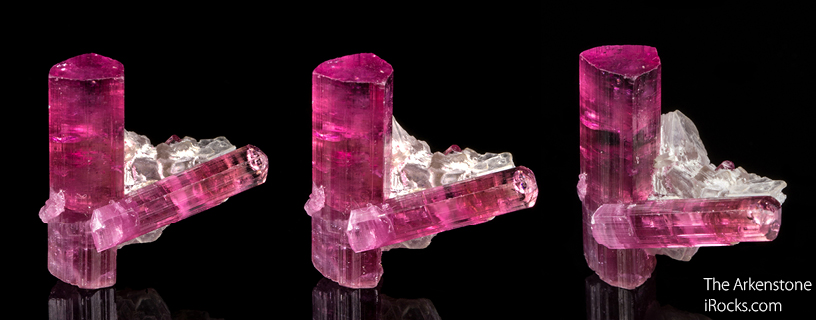 Multiple photos of this specimen from different angles help viewers learn more about the crystal.[/caption]
Multiple photos of this specimen from different angles help viewers learn more about the crystal.[/caption]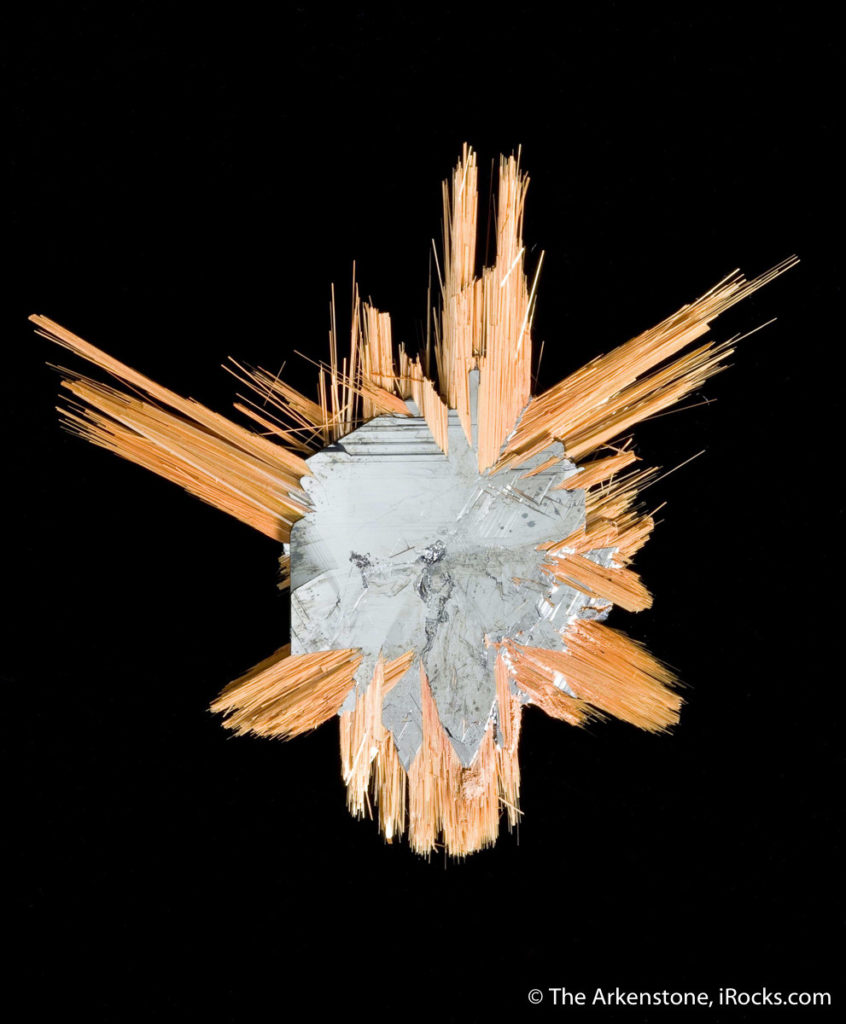 Golden Rutile crystals shoot out from hematite. Novo Horizonte, Brazil. Joe Budd Photo.[/caption]
Golden Rutile crystals shoot out from hematite. Novo Horizonte, Brazil. Joe Budd Photo.[/caption]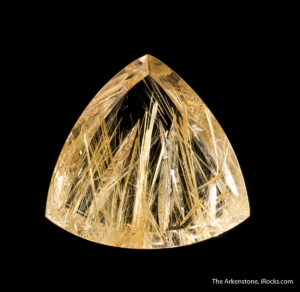 This cut stone shows the beautiful natural art of these rutile crystals included in quartz.[/caption]
This cut stone shows the beautiful natural art of these rutile crystals included in quartz.[/caption]